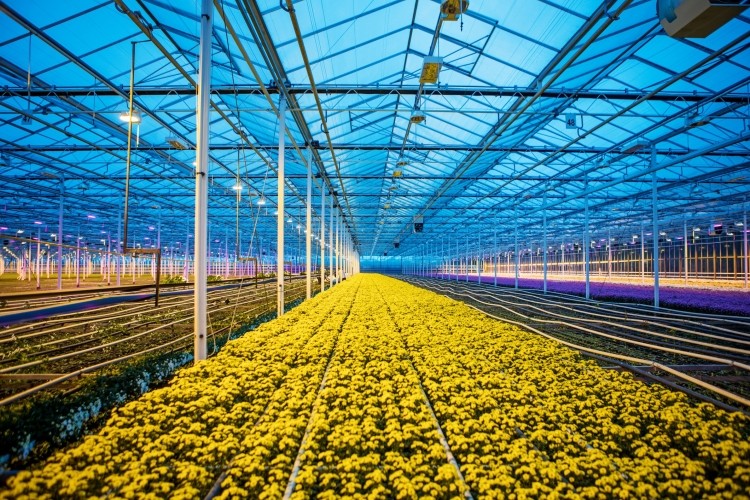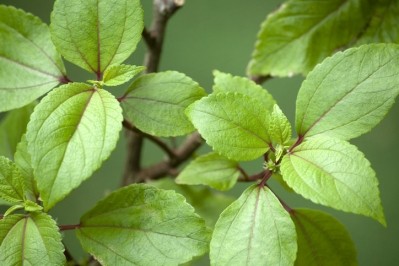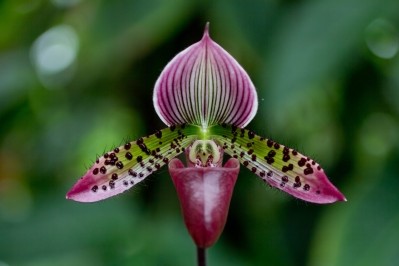Out of the wild: Increase of botanicals in cultivation not linked to conservation status

"We anticipated observing a correlation between the conservation threat status of a species with evidence of former sole reliance on wild harvesting a species to evidence of commercial cultivation,” Josef Brinckmann, a lead researcher on the project, told NutraIngredients-USA.
"However, we did not see a direct connection. It appeared to us that the main drivers for bringing a (formerly wild only) species into cultivation may be economic viability and market demand along with biological characteristics of the species."
The research – published in the journal Economic Botany and commissioned through the German Federal Agency for Nature Conservation (BfN) – provides evidence of commercial cultivation of 3,227 species, a significant increase from the previous 900-some species commonly cited.
Updating the number in cultivation
Brinckmann and fellow medicinal plant and sustainability expert Wolfgang Kathe recently delved into their research during a Sustainable Herbs Program webinar, explaining the motivations and methods behind the multi-year project.
“We are seeing that a lot of raw material production went from wild harvesting to cultivation, and of course cultivation also has an impact on conservation and on natural ecosystems,” said Kathe. “What is the scope of cultivation? What species are in cultivation? Is there a relationship between endangered species being on national red lists or IUCN red lists or being CITES listed and the question are they brought into cultivation?”
From 2017 to 2020, the research team used multiple systematic search methods to generate a standardized list of botanicals in cultivation. It included small holder market gardens in the definition of commercial cultivation and integrated plants with any evidence of medicinal use.
“Because there was a focus on sustainable agriculture, we went to the databases of all the standard setting organizations and inspection and certification bodies that have public databases,” Brinckmann explained. “We compiled a list of farms and determined whether those farms had websites or not and then we corresponded with those farms.”
The project also drew from library references and carried out an extensive literature review in Chinese, Dutch, English, French, German, Japanese, Korean, Persian, Portuguese, Russian and Spanish.
The result: a massive spreadsheet with 3,227 species from 235 plant families, supplemented by some 15,000 line items for each occurrence found and annotated with geographic location, threat status, forms and attributes of cultivation, common usage of derived ingredients, whether the supply is mostly cultivated or wild, and taxonomic names verified against the Kew Royal Botanical Gardens World Checklist of Vascular Plants.
The researchers acknowledged that time and resources limited geographic reach to 162 countries and restricted follow-up with the excluded data sources.
“Only 54% of entries provided us with the minimum level of data for inclusion in the analysis,” Brinckmann said, specifying that they excluded species identified only by local name or lacking a scientific Latin binomial.
“The right way to do this would be to have a knowledgeable informant in all 193 countries to do all the data collection in country, and we’re going to come up with a bigger number if somebody would fund that.”
Considering supply and conservation status
A cross-check of data against the conservation status of wild populations showed that overexploitation was not in fact responsible for their domestication.
Of the 3,227 species, 954 appeared on the International Union for Conservation of Nature (IUCN) Red List but only 82 (2.5%) were listed as threatened to some degree. In addition, there were 1,732 (54%) on national red lists, including 688 assessed as threatened in at least one country. Only two of the 109 species on The Convention on International Trade in Endangered species (CITES) list are threatened by extinction: Araucaria Araucana (the Monkey Puzzle Tree), an evergreen native to and cultivated in Chile, and Aucklandia costus, native to the Himalayan region and cultivated in Bhutan, China, India, Nepal, Pakistan and Vietnam.
Instead, companies bringing plants into cultivation are driven by the return on investment from large-scale demand and considerations including resource security, control over the compounds of interest and protection against the decline in wild collectors lost to urbanization and alternate livelihoods.
The research underlines that the focus should be on sustainability wherever the supply originates and figuring out how cultivation can actively contribute to the conservation of wild relatives and their habitats.
“Whatever you have should be done in my view in a sustainable way and sustainable when we go back to the original meaning of the word should mean that it is of course beneficial to the environment but also to the livelihoods, so it looks into the social aspect cultivation practices have on the ground, or wild collection practices have,” Kathe said. “And of course, the third is the economic side. It needs to be economically viable at the same time.”
Both he and Brinckmann expressed excitement about the potential of natural fostering – cultivating a native species in its natural habitat to augment wild populations – as “the most sustainable form of cultivation with the lowest negative impact on the environment” if well done.
Source: Economic Botany
“A New Global Estimation of Medicinal and Aromatic Plant Species in Commercial Cultivation and Their Conservation Status”
doi: 10. 1007/s12231‐022‐09554‐7
Authors: Josef Brinckmann et al.















